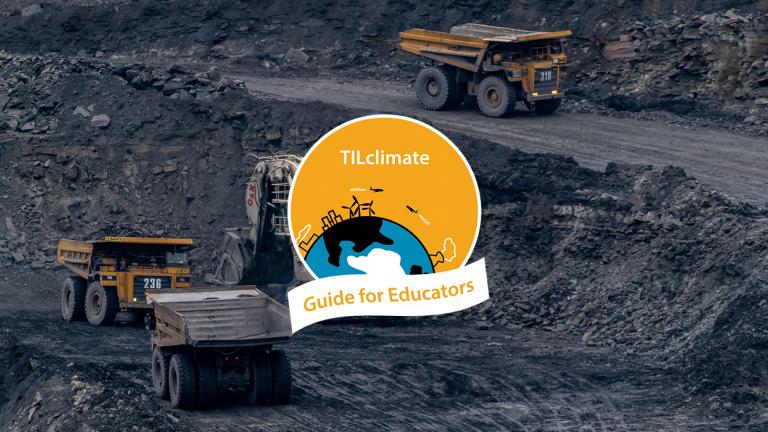About This Lesson
Description
Fossil fuels are used throughout our world. Why are they called that, and where do they come from? What are the impacts of their extraction, distribution, and use? Fossil fuels are at the center of a lot of big questions. Students develop and answer their own specific, testable questions using a data visualization website.
SWBAT
- Explain where coal, oil, and natural gas come from.
- Understand the differences between coal, oil, natural gas, and gasoline.
- Explain why fossil fuels are considered non-renewable.
- Understand the relationship between burning fossil fuels and climate change.
- Develop, refine, and answer a specific, measurable question with a given data-visualization tool.
Skills
- Asking and answering questions
- Data visualization and analysis
- Logical sequencing














